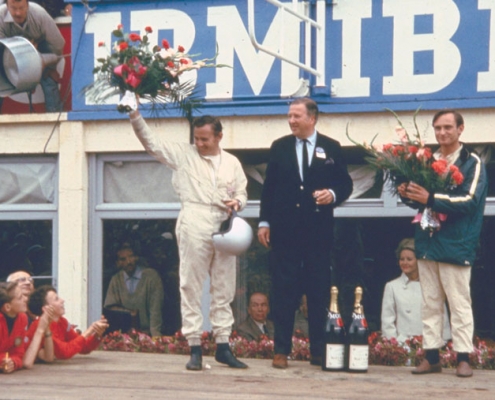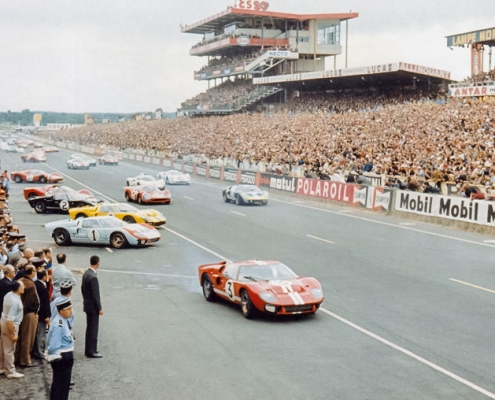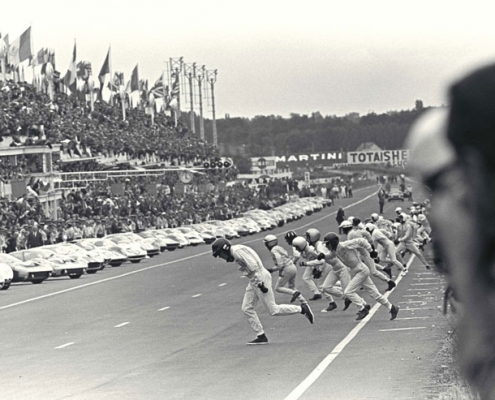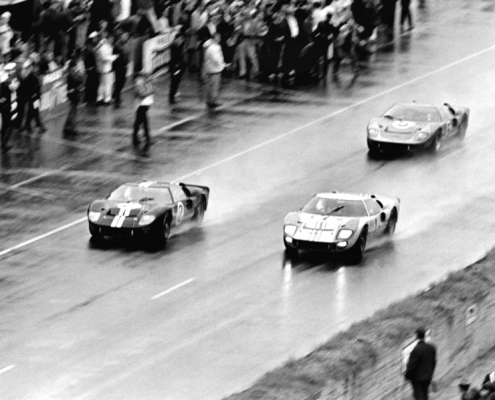FORD V FERRARI: Hollywood takes on the battle of Le Mans
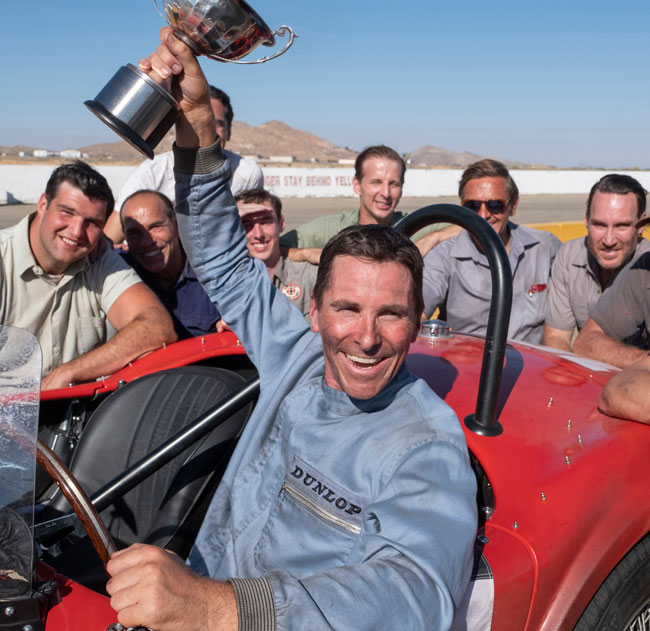
The year is 1966 and it is something of a golden age for motor racing.
For Australians in particular, there would be much national pride to be found in Sir Jack Brabham driving the BT19 car to victory in the Formula One championship and, in the process, securing his third world title and becoming the only driver to win the F1 title in a car of his won construction – a feat which would secure his place in motorsport immortality.
However, while Sir Jack was tearing up Monaco and the circuits of Brands Hatch and the Nurburgring, there was some serious business going on elsewhere – especially at the most famous race of them all, the 24 hours of Le Mans. For it was at the famous endurance event held in June 1966, that a three-year struggle for racing supremacy between Ford and Ferrari would come to a conclusion.
The story of that struggle and the 1966 Le Mans race involves a roll call of famous names (Enzo Ferrari, Henry Ford II, Lee Iacocca, Carroll Shelby, Ken Miles, and Bruce McLaren to name a few), some glorious cars, is a story chock full of corporate drama, and will stir the blood of any motoring enthusiast, no matter with which company their loyalty lies.
It is an epic tale worthy of the big screen and, happily, it has now received the Hollywood treatment.
Later this month, Ford v Ferrari, the movie, will kick into gear in cinemas across Australia and if the trailers, and the early reviews, are anything to go by,
it’s going to be a cracker.
What’s the story behind the story?
By the mid-1960s, the 24 hours of Le Mans race was cemented as motorsport’s single most prestigious event. As a driver, a win at Le Mans secured legendary status, while a win for a manufacturer proved the quality of their cars and brand – something that would translate to desirability, and therefore sales, with the public.
According to the film, in 1963 this was on the mind of Lee Iacocca, the legendary auto industry executive and future Chrysler CEO who was working at Ford at the time.
The Ford Motor Company – led by Henry Ford II, grandson of the company founder – was trailing in sales behind General Motors and Iacocca suggested that if Ford wanted to appeal to the young people of the day looking to buy their first cars, the company should focus on speed. If Ford had winning race cars, he argued, their consumer cars would become that much more attractive by association.
For all its financial muscle, Ford had not made an impact on international motorsport scene’s biggest stages but, the theory went, that financial heft could be put to good use by buying a company that already was making such an impact.
In the early 1960s, no company was more successful than Ferrari on the track and an acquisition of the Italian carmaker seemed like the answer Ford for looking for.
As it happened, Enzo Ferrari, the mercurial founder of the Italian company, was up for such a deal and, in 1963, Ford executives arrived in Italy in force and with chequebook open with a deal ready to be signed – a deal that would see Ferrari and all its motorsport know-how come under the control of the American company.
Except the meeting did not go according to plan. Enzo wanted to retain complete control over the motorsport endeavours of Ferrari and the deal presented to him did not give him the autonomy he desired. The result? Enzo walked out of the meeting leaving the army of Ford executives in disbelief and forced to return to the U.S. empty-handed.
Outraged, Henry Ford II placed his right-hand man, senior vice president Leo Beebe, in charge of a new race car division, Ford Advanced Vehicles (FAV), that was tasked with quickly building a car that would beat Ferrari at their own game and defeat them at Le Mans.
The car the FAV team came up with was the GT40 Mark I, a brilliant-looking race car based on the equally stunning Lola Mk6, but its first outing at Le Mans in 1964 ended miserably with all three entrants failing to finish the race. Ferrari, meanwhile, placed first, second, and third.
It was a bitter pill to swallow but while chewing on that disappointment, it didn’t go unnoticed that fourth place that year had been taken by a Shelby Daytona Cobra Coupe. And it was Carroll Shelby, the man behind the Daytona, to whom Ford turned in their search for success with the GT40.
A former Le Mans winner himself in 1959 driving an Aston Martin, Shelby had retired from his racing career because of heart problems but had turned his considerable knowledge and skills to focus on car performance with the creation of his company Shelby American in 1962 and development of such vehicles as the Daytona and the wonderful AC Shelby Cobra, both powered by Ford engines.
Like Ford, Shelby too harboured a desire to take on and beat Ferrari, and Ford hired Shelby to develop, test and ultimately oversee the corporation’s racing program. Working with his lead test driver, the straight-talking Ken Miles, they and a dedicated team worked on ironing out the early GT40 problems, improving basically every element of the car in preparation for a showdown in 1966 with Ferrari and its new race car, the equally astonishing car, the 330 P3.
The P3, powered by a fuel-injected 4-litre V12, was slower than the 7-litre V8 GT40, but was lighter and more agile and Ferrari reckoned those advantages would become apparent in speed around the bends and in fewer fuel stops.
And for a while, it looked like they might be right. Though Ford had taken the top positions on the grid and had got off to a good lead, the Ferraris were bang in contention and leading. However, that didn’t last, and as the race began to reach its conclusion, it was the new Ferraris that, like the GT40s a couple of years earlier, failed to cross the line.
That afternoon, Henry Ford II had the satisfaction of watching his cars cruise to a spectacular one-two-three procession across the line.
It was a glorious finish for Ford then, but even this was not without controversy.
Ken Miles was leading the race as it neared its conclusion, but the story goes that Ford executive Leo Beebe saw a golden public relations photo opportunity and the order was given for the three leading GT40s to cross the finish line together. They did so, but the formation in which they crossed would see Miles (and co-driver Denny Hulme), who’d had such great input into the development of the car and had been leading the race, be awarded second place, with the win going to Bruce McLaren and Chris Amon instead.
All of this is a great story and one ripe for quality big-screen treatment. The Ford v Ferrari film certainly looks like it will be doing it justice.
Director James Mangold (who was also responsible for films such as Walk the Line and Logan) is certainly aiming for a good slice of realism, and the production enlisted several consultants who had personal connections to the events in the film, including Charlie Agapiou, the former crew chief and chief mechanic for Shelby American, and Peter Miles, son of Ken Miles.
“The goal to me, in an age of incredibly computer-enhanced action movies, was that there could be something profoundly analogue and real and gritty about the film and the sexiness of these beasts, the cars, their engines, the danger,” said Mangold. “These characters are riding in a thin aluminium shell at 200mph around a track. The miracle that was their daring and their survival under these circumstances was something that I really wanted to try to convey.”
Now that sounds like something worth watching!
Ford v Ferrari is scheduled for release on November 14.
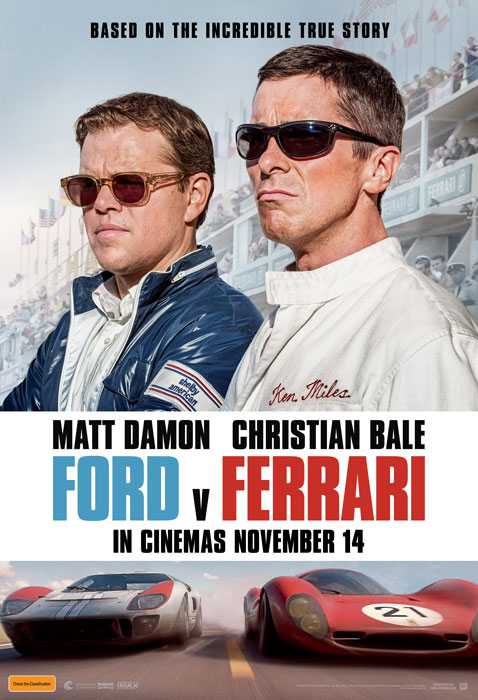
Source: Motor Trader E-Magazine (Nov) 2019
6 Nov 2019




